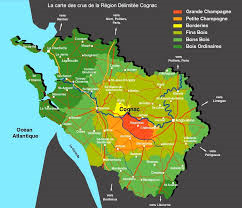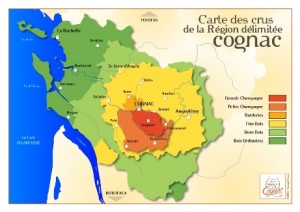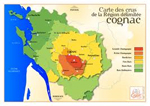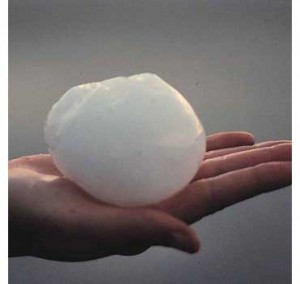The Charente Scene – Winter 2020 – BNIC Update
 To meet the ever growing demand for cognac, an additional 10,000 hectares of vineyards will be planted over the next three years, according to a BNIC Update (Bureau National Interprofessionnel du Cognac). Over 3000 hectares of vineyards will be planted each year to increase the production capacity of the winegrowing operations. The BNIC has also launched its new website, designed to give Cognac a twist. The aim of the website is to reveal cognac’s true modernity, its spirit of conquest and its dynamism by respecting a centuries-old history and roots in an authentic “terroir”. For more information take a look at www.cognac.fr . The region has also recently received a boost from the local authorities. They have agreed that Cognac will become the leading city for luxury brand economic development. Its purpose will be to encourage all luxury enterprises but specifically spirits production.
To meet the ever growing demand for cognac, an additional 10,000 hectares of vineyards will be planted over the next three years, according to a BNIC Update (Bureau National Interprofessionnel du Cognac). Over 3000 hectares of vineyards will be planted each year to increase the production capacity of the winegrowing operations. The BNIC has also launched its new website, designed to give Cognac a twist. The aim of the website is to reveal cognac’s true modernity, its spirit of conquest and its dynamism by respecting a centuries-old history and roots in an authentic “terroir”. For more information take a look at www.cognac.fr . The region has also recently received a boost from the local authorities. They have agreed that Cognac will become the leading city for luxury brand economic development. Its purpose will be to encourage all luxury enterprises but specifically spirits production.

 Official figures for the bumper 2018 harvest have yet to be published but it is anticipated that for the first time ever, the quantity of eau de vie produced will exceed 1 million hectolitres of pure alcohol. Despite the much-publicised growth in
Official figures for the bumper 2018 harvest have yet to be published but it is anticipated that for the first time ever, the quantity of eau de vie produced will exceed 1 million hectolitres of pure alcohol. Despite the much-publicised growth in  Harvest this year in the Charente region was particularly early. It started on 10th September when historically, the average date is 23rd September. According to the BNIC it is expected to be the smallest harvest since 1945 due to various weather conditions, in particular the late frost in May. They say that the vineyards not damaged by frost can expect 110 to 120 hectolitres per hectare of wine, whereas the frozen vineyard areas will only make 40 to 50 hl/ha – normally, the average is over 100 hl/ha. Â Our friends in the region tell us that even though they escaped the frost, the skins are tough and the grapes have not filled out much due to lack of sunshine.
Harvest this year in the Charente region was particularly early. It started on 10th September when historically, the average date is 23rd September. According to the BNIC it is expected to be the smallest harvest since 1945 due to various weather conditions, in particular the late frost in May. They say that the vineyards not damaged by frost can expect 110 to 120 hectolitres per hectare of wine, whereas the frozen vineyard areas will only make 40 to 50 hl/ha – normally, the average is over 100 hl/ha. Â Our friends in the region tell us that even though they escaped the frost, the skins are tough and the grapes have not filled out much due to lack of sunshine.